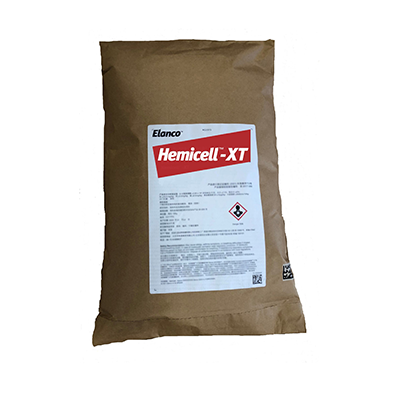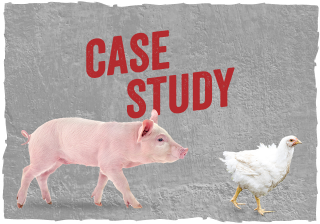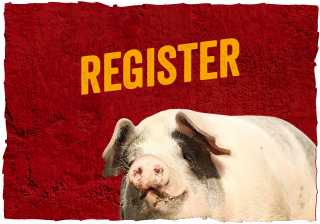ß-mannans are likely costing you money in unnecessary feed costs
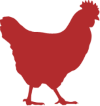
OVER £14,900 PER
1,000,000 BROILERS1
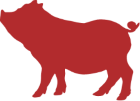
MORE THAN £6,100 PER
10,000 PIGS1
They’re almost certainly in your feed, so understanding more about these compounds is the first step to stopping them sapping your poultry productivity, and reducing their wider environmental impact…
Definition:
β-mannans = non-starch polysaccharide (NSP) fibres
Description:
Naturally occurring non-nutritive feed compounds
They cannot be broken down in the gut and detract from, rather than adding to, the nutritional value of the feed
β-mannans are found in many common vegetable feed ingredients:
- Palm kernel meal: 7.24%
- Soya hulls: 6.67%
- Soybean meal: 0.67%
- Sunflower meal: 0.60%
- DDGS: 0.57%
- Oats: 0.31%
β-mannans are resistant to common feed processing procedures, such as pelleting and extrusion.
The problem with β-mannans
β-mannans cause a natural, but costly series of events within an animal, called a Feed-Induced Immune Response (FIIR):

1. The animals’ innate immune system misrecognises β-mannans as a potentially disease-causing pathogen and mounts a response to protect itself against the perceived threat.
The molecular pattern of β-mannans is similar to some microorganisms

2. This natural, but unnecessary immune response
- uses up energy
- causes inflammation
- negatively affects Intestinal Integrity
- reduces nutrient absorption
- negatively affects energy metabolism

3. Animals need to be fed more to compensate for these losses.
Even small amounts of β-mannans (just 0.2%) trigger this response
The cost of β-mannans
β-mannans triggers an innate immune response (feed induced immune response - FIIR) which:

consumes energy that could otherwise be directed towards growth and productivity
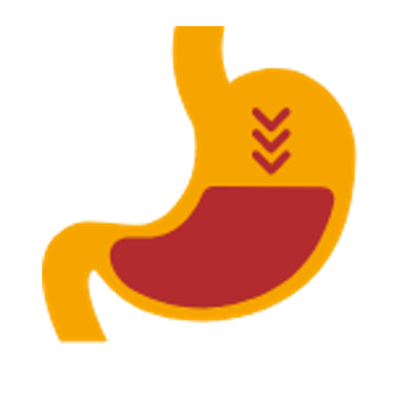
reduces nutrient absorption and negatively affects nutrient metabolism
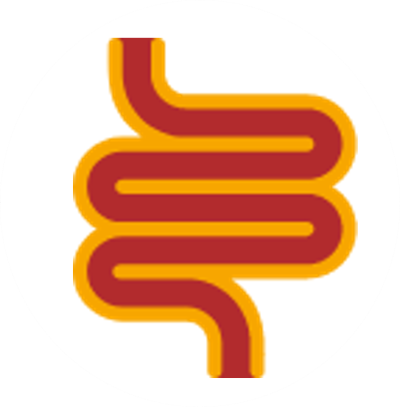
causes inflammation and negatively affects Intestinal Integrity
This results in:
INCREASED FEED COSTS

The no. 1 cost in food animal production is FEED and the most expensive component of feed is ENERGY
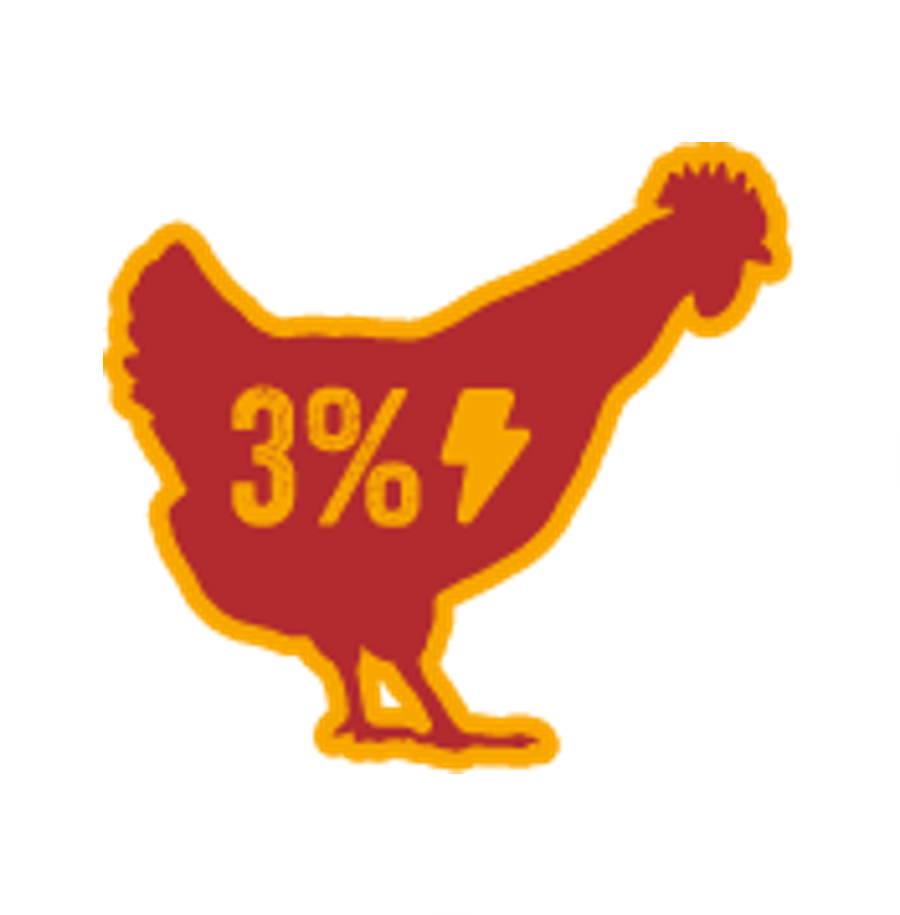
β-mannans consume of up to 3% of the energy in animal feed1
Equivalent to up to 90kcal/kg ME in broilers and 63kcal/kg NE in pigs

To maintain performance, animals need to be fed more to compensate for these losses
INCREASED HEALTH COSTS
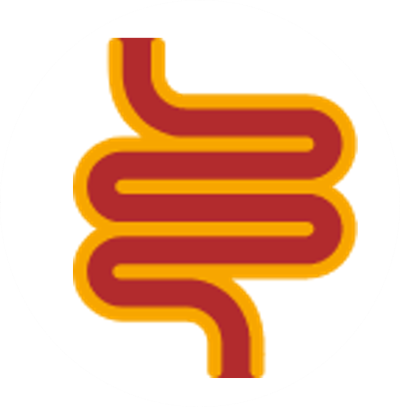
1-5 % higher incidence of several conditions related to intestinal health2

The no. 1 cost in food animal production is FEED and the most expensive component of feed is ENERGY
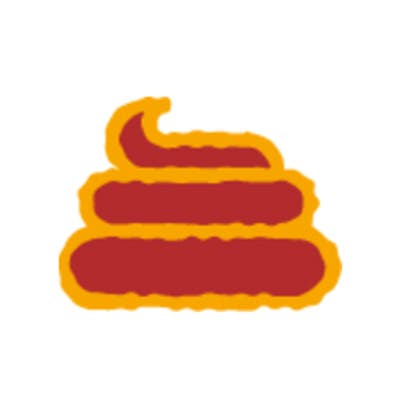
Reduced Faecal Scores3
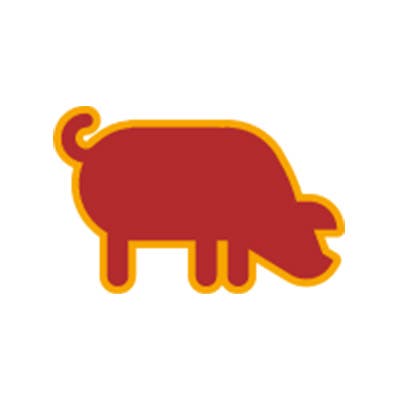
β-mannans aggravate PWD incidence in pigs3
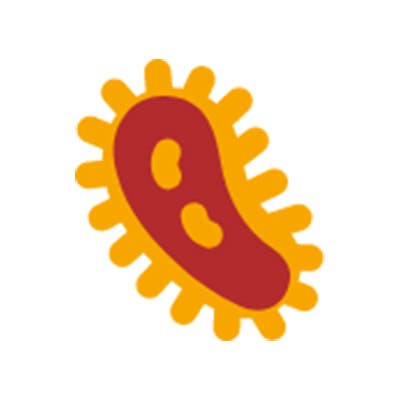
Increased susceptibility to infections4,5
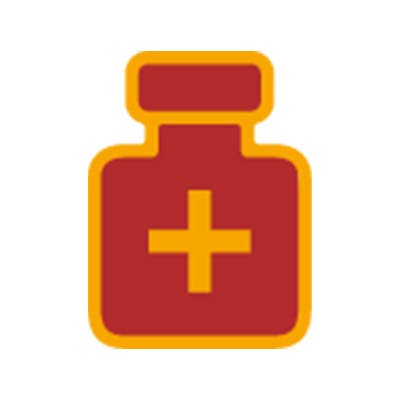
Higher need for antibiotic treatment5,6
INCREASED ENVIRONMENTAL COSTS
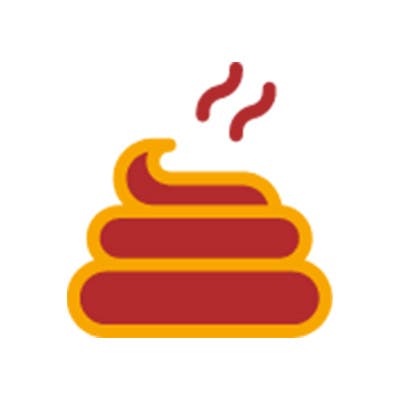
Poor faecal scores decrease litter and air quality in the housing, affecting both the animals and workers

Increased greenhouse gas production by the animals, as digestion is not optimised
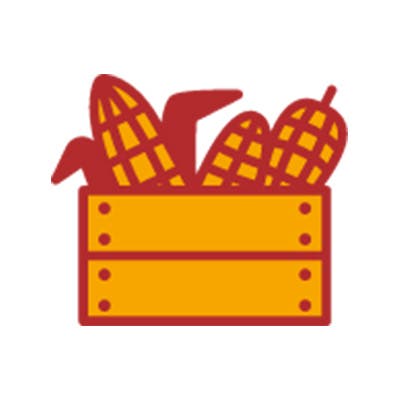
Increased demand for feed ingredients, to compensate for the energy wasted by β-mannans
Which means:
β-mannans in feed are a problem you can’t afford to ignore.
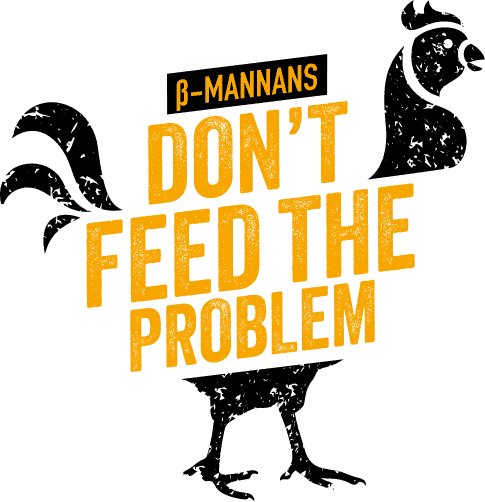
Technical summary conducted by SRUC
This short report summarises the impact of specific non-digestible carbohydrates, the β-mannans, on pig and poultry performance and considers the benefits of dietary supplementary of β-mannanase to counteract the associated performance losses.
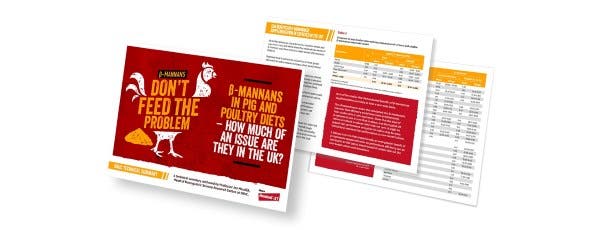
- Daskiran, M., Teeter, R., Fodge, D. and Hsiao, H. 2004. “An Evaluation of Endo-ß-D-mannanase Hemicell) Effects on Broiler Performance and Energy Use in Diets Varying in ß-mannan Content.” Poultry Sci. 83: 662-668.
- Kairie EG, Steelman S, Martinez M, Livingston K, 2021. Significance of single β-mannanase supplementation on performance and energy utilization in broiler chickens, laying hens, turkeys, sows, and nursery-finish pigs: a meta-analysis and systematic review. Translational Animal Science 5, 1-21.
- Jason Gittins, Sarah Wynn, Daniel Parker & Stephen Lister (2022) The economic and environmental impacts of removing ionophore coccidiostats from the UK broiler sector, World’s Poultry Science Journal, 78:1, 41-56, DOI: 10.1080/00439339.2022.1988807.
- Environmental implications of alternative pork and broiler production systems in the US, China, Brazil and the EU. A report by Blonk Sustainability Consultants on behalf of World Animal Protection. 2022.https://blonksustainability.nl/publications-and-reports.
- Hickmann FMW, Andretta I, Létourneau-Montminy M-P, Remus A,Galli GM, Vittori J and Kipper M (2021). Mannanase Supplementation as an Eco-Friendly Feed Strategy to Reduce the Environmental Impacts of Pig and Poultry Feeding Programs. Front. Vet. Sci. 8:732253.
